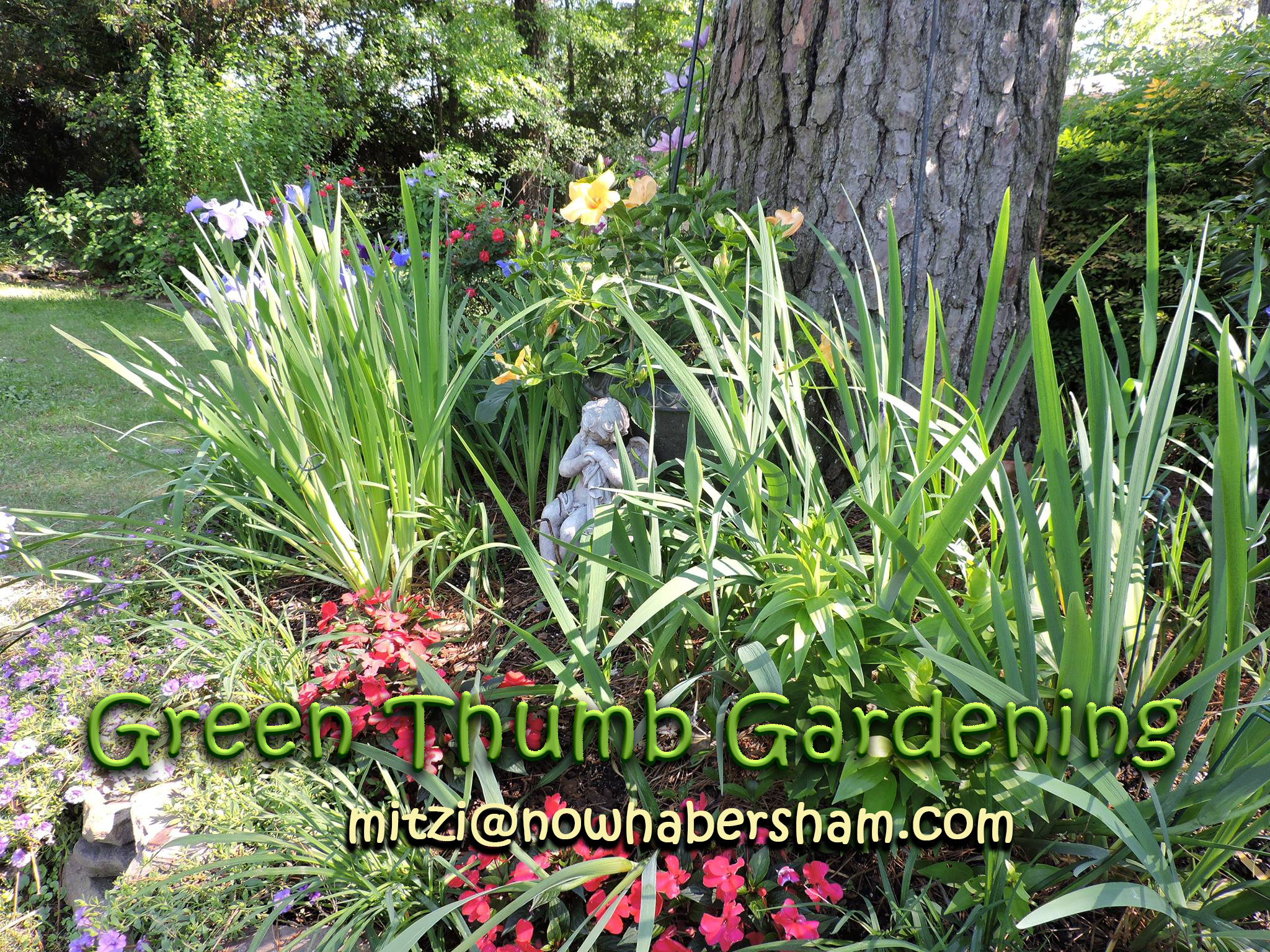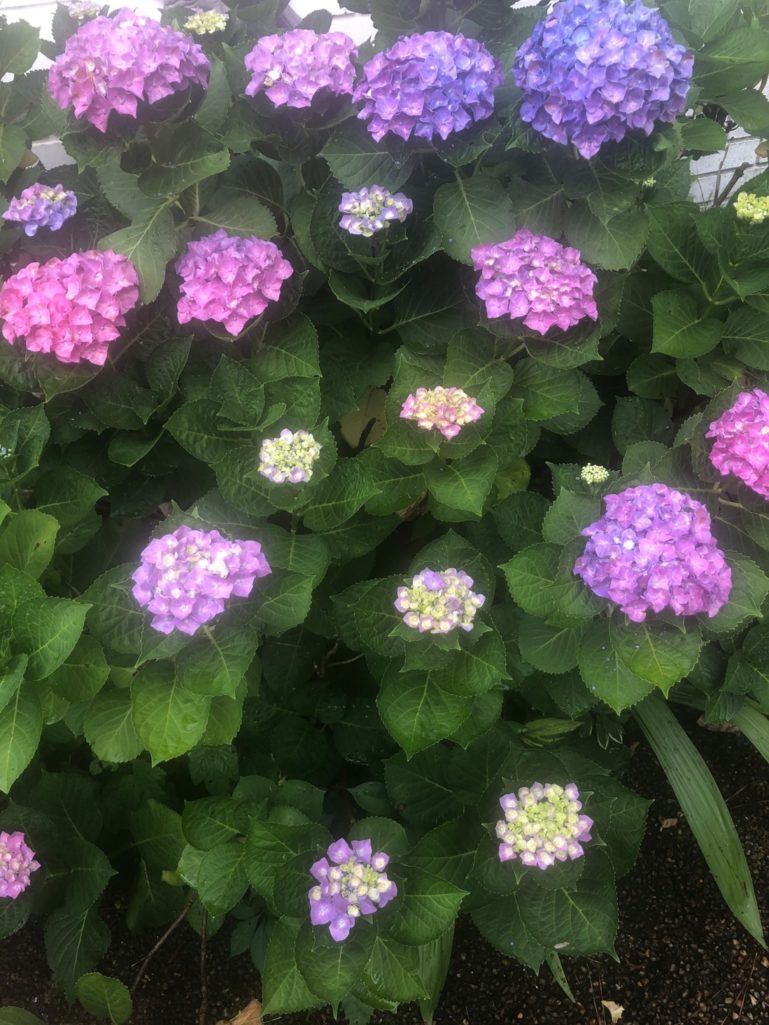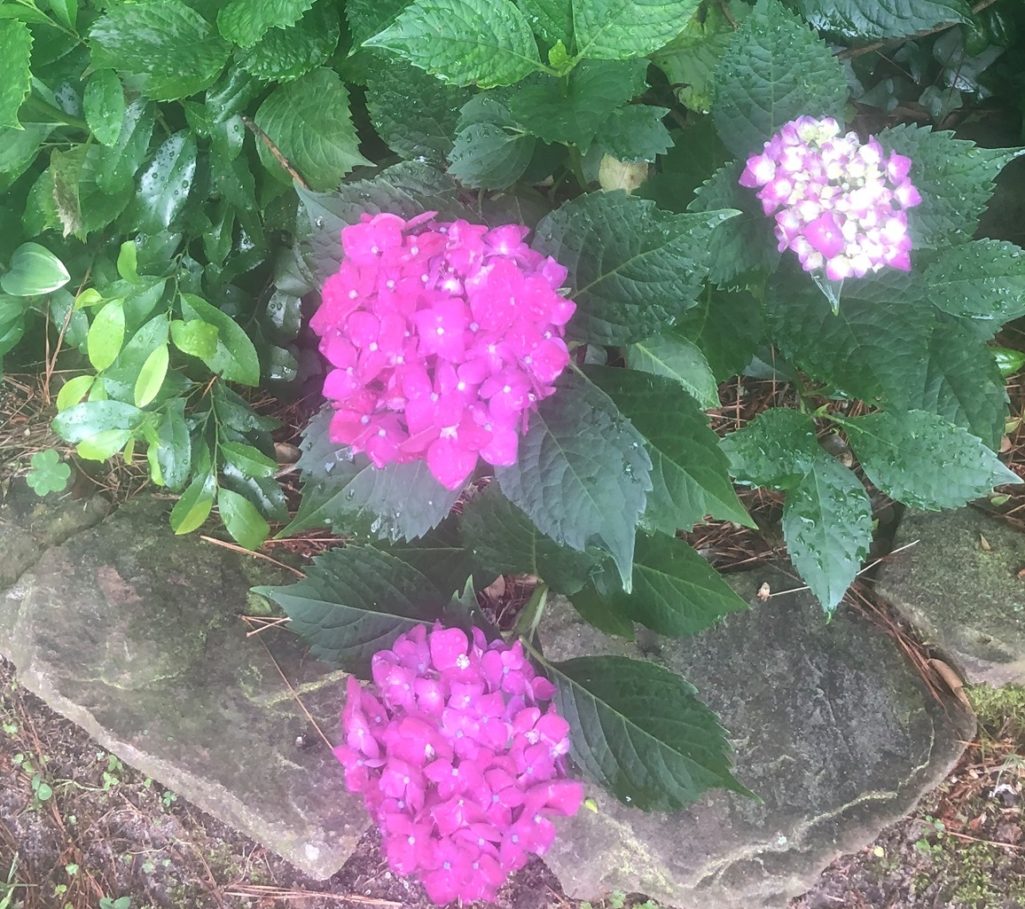
The flowers of hydrangeas resemble a cheerleader’s pom-poms, cheering on the season. Blooming from the spring to the fall, this flower is so beloved, it has a club, the American Hydrangea Society! Did you know it even has its own holiday? Hydrangea Day is celebrated on January fifth, which, oddly enough, is a time of year when the beautiful hydrangea is not even in bloom! That’s okay, though, because the hydrangea is super easy to dry and preserve, not to mention just as gorgeous!
You can learn some hydrangea facts just by understanding their name. The prefix “hydro” means water, while the suffix “angeion” means vessel. So loosely, the name means water vessel, and that couldn’t be more accurate. These flowers love water! Hydrangea soil should be kept moist at all times.
There are about one hundred species of hydrangea. The flowering shrub is native to Southern and Eastern Asia as well as North and South America. Hydrangeas are available in some bright, beautiful colors that will light up a shady spot including white, pink, blue, red, lavender, or purple.
Hydrangeas come in three main shapes: the mop head, the lace cap, or panicle hydrangea. Mop head hydrangeas are the most popular pom-pom shape we all know and love. Lace cap hydrangeas will grow in clusters of little blooms that are accented with larger blooms. Finally, the panicle hydrangea will grow in a cone shape.

Hydrangea Care
- The “Endless Summer” type of hydrangea has become one of the most popular varieties, probably because this specific type has developed the ability to bloom after its normal season, as long as their blooms have been pruned off.
- Hydrangeas like dappled or occasional shade, but they will not bloom in heavy shade. It isn’t so much a question of do they prefer sun or shade, but rather more of a question of how much sun do hydrangeas need? The further north your garden is located, the more sunlight your hydrangeas need. An average rule of thumb is six hours of sunlight per day. However, hydrangeas growing in the south can perform on only three hours of sunlight.
- Even if you lack the space in your garden to grow hydrangeas, knowing how to grow hydrangea in a pot means you can still enjoy these beautiful blooms. The process is relatively simple, as long as you follow the basics of hydrangea care. Choose a large enough pot for the mature size of your specific hydrangea – at least 18 inches in diameter. Look for non-porous containers to help hold the consistent moisture level required by hydrangeas. Drainage holes will allow excess water to drain properly. Consider planting dwarf hydrangeas, such as Little Lime, Mini Penny, and Buttons ‘n Bows.
- A really important hydrangea fact to know if you plan on keeping these beauties around your house is that their leaves are fairly toxic. The leaves contain cyanogenic glycosides, which will release cyanide when ingested. Yikes! Keep little ones and pets away from them.

Did you know?
- Hydrangeas are unique in that you can control their color. But keep in mind, not all hydrangea types are capable of color adjustments. A low soil pH allows hydrangeas to absorb aluminum, which turns the flowers a beautiful blue color. To increase blue hydrangea flowers, lower your soil pH by adding sulfur or peat moss to the soil. You can also add additional aluminum sulfate to your soil throughout the growing season. Pink and red flowers shine when you add ground limestone to increase the pH.
- In Asia, giving a pink hydrangea is a symbolic way of telling that person that they are the beat of your heart. This is because pink hydrangeas’ color and shape make them look a bit like hearts.
- The hydrangea is usually gifted on the fourth wedding anniversary as a symbol of appreciation.
- In Victorian times, giving someone a hydrangea could mean one of two things: Thank you for understanding, or – because its blooms are considered showy – boastfulness and vanity. Talk about sending someone a mixed message!
Do you grow hydrangeas in your landscape? If not, you might want to add one or two or many. They won’t disappoint you.

